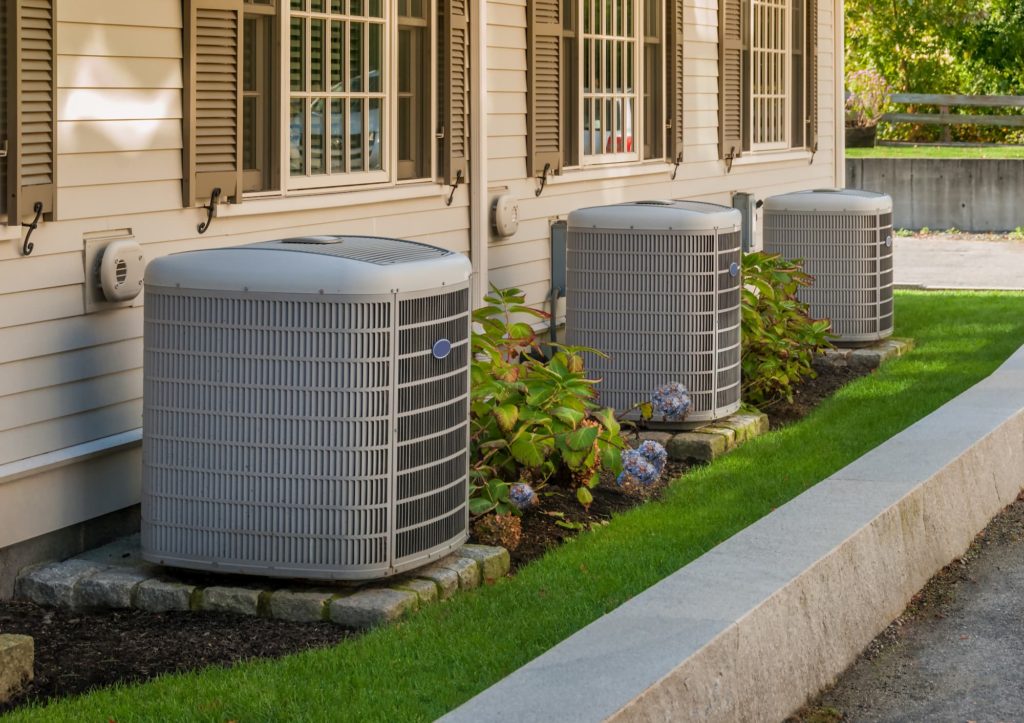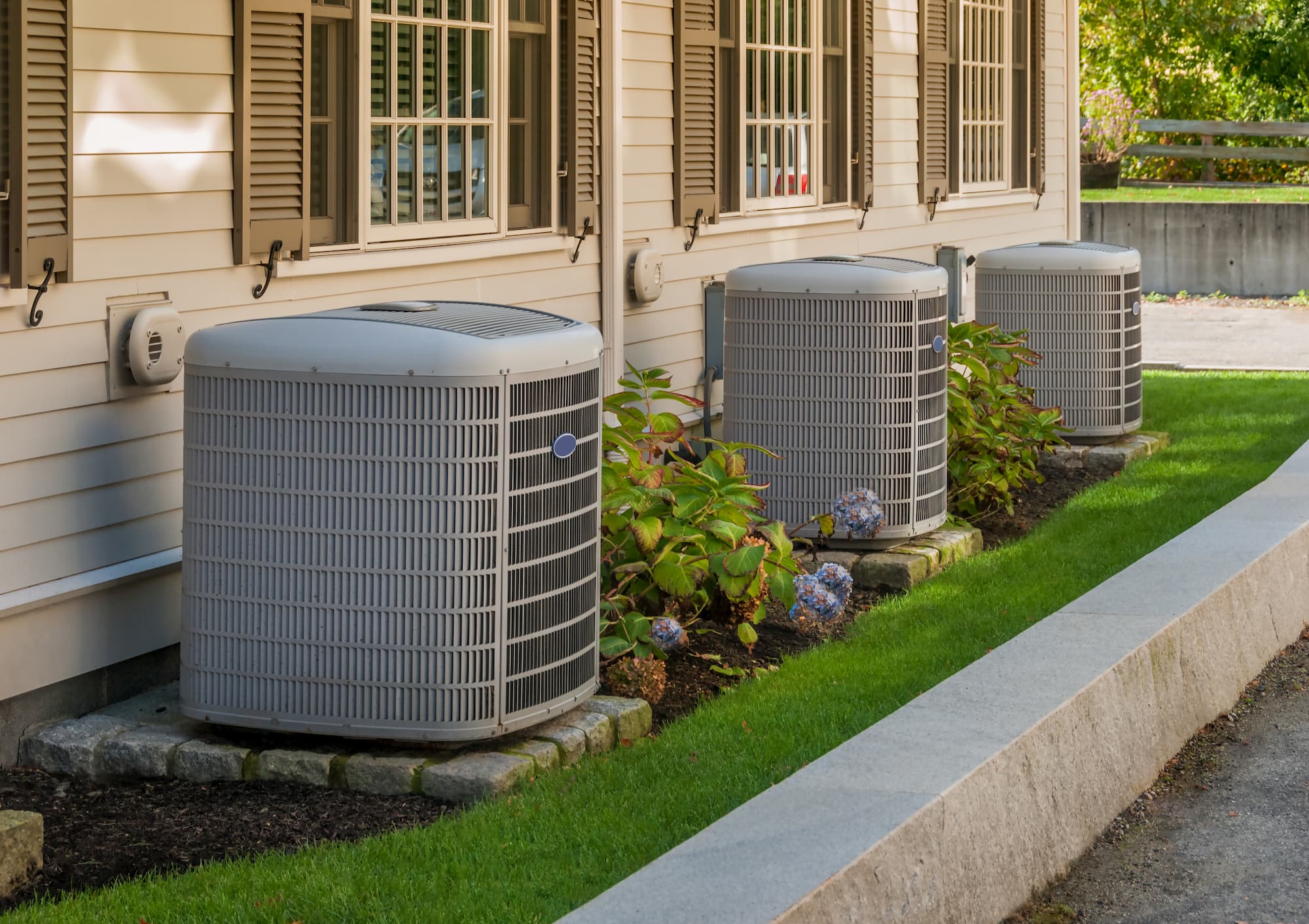HVAC systems have become a crucial part of modern, industrial, and domestic complexes. However, the same system may not be used for different types of requirements. For example, some uses may require more intensive ventilation than heating. On the other hand, domestic users may prefer a perfect mix of all three essential HVAC functions. Engineers and contractors develop different HVAC systems to meet these diverse requirements. Additionally, each HVAC system has its pros and cons. Here, we will consider the various HVAC systems that are commonly used. In the end, a compare and contrast chart will help to summarize the data. The article covers the following subjects in this order:
- Heating and Cooling Split Systems
- Hybrid Split Systems
- Duct Free (Mini-Split) Systems
- Packaged Heating and Air Systems

Heating and Cooling Split Systems
These are the most commonly used systems in the market. Interestingly, their name depicts the way they perform their functions. HVAC Heating and cooling split systems have two different units dedicated to other purposes. The first unit manages to cool, while the second unit focuses on heat management. Additionally, each system has a separate indoor unit as well. Thus, you can easily recognize these systems in your room. The separate split system has a cooling system installed outside the building where the refrigeration occurs. This system has both coils and compressors installed to cool the warm air. Additionally, they also have a fan to remove the hot air from the system.
Furthermore, this system has a separate heater. Usually, this heater is located in the basement with a thermostat to manage the heat produced. Without the heating system and temperature control unit, the room may become very uncomfortable. A significant benefit of these systems is their adaptability to different environmental factors.
Hybrid Split System
The Hybrid Split systems function in a similar way to the heating and cooling split system. However, it has some notable differences. The system reduces energy costs by using a hybrid electrical heating system. This is the only system that uses such technology. Furthermore, the system gives the owner the choice to switch between gas and electrical power. Using the former produces quick results.
On the other hand, the latter is quieter and more efficient. These systems are more preferable if the owner lives in mild climates. In extremely harsh weather conditions, the electrical system may not be useful.
Duct Free (Mini-Split)
First things first – the initial costs of this system are high. However, the system is very suitable in certain conditions. In essence, these systems deploy a separate HVAC for each individual room. Thus, different people living in the same building have more control over their systems. Additionally, new homes and garages can incorporate them for long term usage. An additional benefit is the ability to avoid energy wasted. Owners may not install the system in unused rooms.
However, the benefits of the system come at a price. These systems require complete and in-depth cleaning regularly. They may also break down often and need frequent repairs.
Packaged Heating and Air System
This system is niche-specific. It has a dedicated heating and air unit, which is kept in the house. Most people prefer storing this unit on their top floor space. The biggest benefit of this system is the ability to both heat and cool the building. Additionally, the small size of the unit makes it suitable for small houses and apartment buildings.
These systems are used in mild to warm climates, as they can provide energy efficiency. Additionally, their maintenance is easy. However, the system may not be suitable in extreme environmental conditions as they use electricity for heat generation. In severe cases, it can increase the electric bill manifold.

Compare and Contrast Chart
| Heating and Cooling Split Systems | Hybrid Split System | Duct Free (Mini-Split) Systems | Packaged Heating and Air Systems | |
| Usage | Most commonly used | Used in mild climates | Used in commercial projects | Used in mild to warm climates |
| Up Front Costs | Inexpensive | Comparatively expensive to heating and cooling split systems | Very expensive | Average |
| Running Costs | High because they heat/cool unused rooms | High because they heat cool unused rooms | Low as they block air flow to unused rooms | Low as they can be self-contained |
| Maintenance Frequency | Average | Average | High | Average |
| Preferred Users | Industrial | Home and Industrial | Small Homes | Small Homes and Buildings. |




